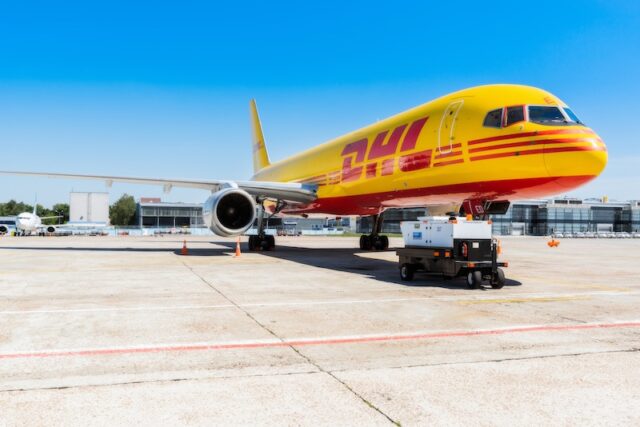Driven by shipping disruption and e-commerce growth, global air freight is on the rise, leading major carriers to expand operations and open new routes and services—specifically those focused on expediting delivery within APAC.
Global air freight volumes are on the rise
According to a monthly state-of-the-industry report from DHL, increased shipping times and increased likelihood of disruption are major drivers of this trend. With shipping passing through both the Suez and Panama canals facing disruption, many organisations are turning to air freight as a pressure valve to relieve strain in their supply chains.
At the same time, however, strong e-commerce growth is increasing freight volumes, particularly in South China and Hong Kong. Meanwhile, air cargo demand remains high from Bangkok to Europe, boosted by road-air volumes trucked down from Vietnam and other regions impacted by conflicts in the Middle East.
Niki Frank, CEO of DHL Global Forwarding Asia Pacific, commented: “We are seeing positive signs that demand for air freight will continue to grow in the coming months.”
As a result, global air freight capacity was up by 9% year-on-year versus March 2023. Belly cargo—cargo that is carried in the lower deck of a passenger aircraft—has also increased by 12% year-on-year. This growth in capacity is expected by DHL’s report to relieve some of the strain placed on air freight networks by the increased demand.
“The situation in the Red Sea is seeing some ocean freight to air freight conversion, so we are helping customers with a range of hybrid sea-air solutions,” said Frank. “Looking further ahead, we see a positive outlook for airfreight services inbound and outbound Europe, and we expect uplift from Middle East hubs such as Dubai into Europe and the U.S. to continue to grow,” he added.
New routes support growing e-commerce volumes
This week, UPS announced that it is launching a new service offering next day delivery between logistics hubs in Asia and Australia.
As a result, UPS has confirmed that it can deliver shipments picked up from customers in mainland China, Japan, South Korea, Taiwan, Malaysia, the Philippines, Singapore, Thailand, Vietnam, Indonesia and Hong Kong to Australia as early as the next business day.
At the same time, UPS customers in Australia can also have deliveries across Asia Pacific and even to Europe completed as early as the next business day.
Experts expect e-commerce as a whole to grow over the coming years.
Sebastian Wouters, senior vice president, global head of e-commerce at Kuehne+Nagel (K+N) said in a recent interview that: “We believe e-commerce in general as a sector will continue to grow in the next few years, not just in established markets but we expect also growth from upcoming e-commerce markets.” He added: “We believe that cross-border deliveries will continue to be a substantial part of the e-commerce landscape and with that the need for air freight capacity on key lanes.”
Richard Smith, president and chief executive, airline and international, at FedEx, was also confident about e-commerce growth. Earlier this year, he noted that FedEx is “optimistic about where e-commerce demand in the air cargo industry is heading.” He highlighted the fact that, with “online retail sales expected to reach more than $8 trillion by 2026,” global volumes of air freight have nowhere to go but up, even as the shipping sector overcomes its especially bad start to 2024.
- Collaboration & Optimization










